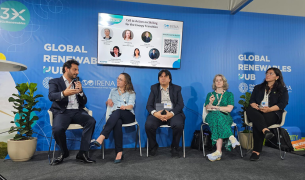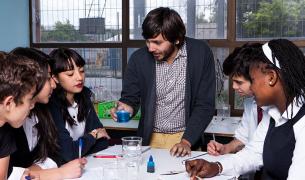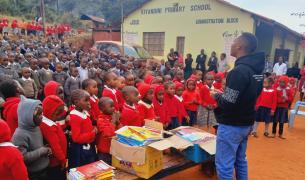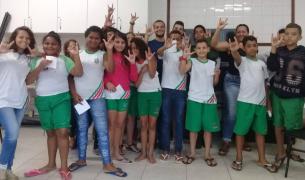The power of proximity: Reimagining education in emergencies through community and connection
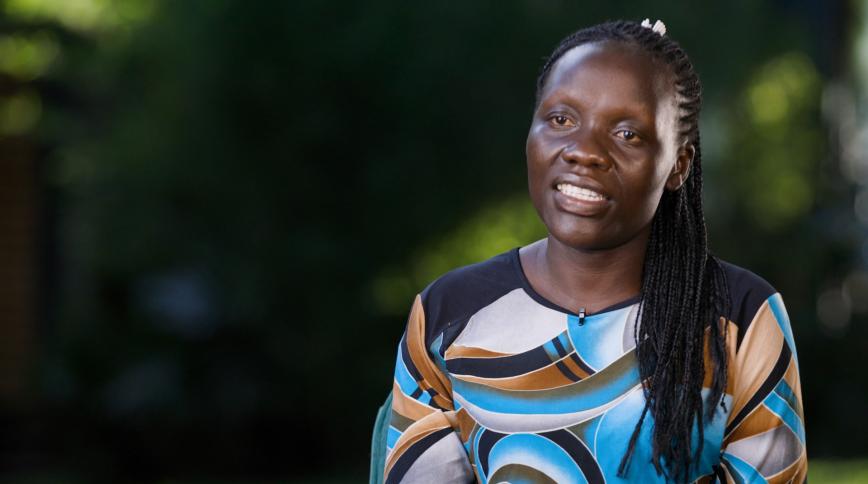
Last month, I had the privilege of joining the Teach For All network’s Education in Emergencies (EiE) System Leaders community in Nairobi, Kenya, a gathering that for me redefined what global collaboration in education truly means. This was more than a conference. It is a living, breathing community of practice. A space where stories, solutions, and solidarities were shared not from the top down, but from ground up.
I am a Headteacher working in a refugee-led school in Kyaka II Refugee Settlement. Kyaka II Refugee Settlement is in Kyegegwa District, and was established in 2005 and is now home to over 134,000 refugees, mostly from the Democratic Republic of Congo, Rwanda, and Burundi. For the past two years, I’ve witnessed the daily realities of displacement - seeing refugee children arrive with trauma in their eyes and resilience in their hearts. I work with teachers who teach not just for pay, but for purpose. And now, as a member of Teach For All's EiE System Leaders Community, I sit in a space where these realities aren't explained away, but they are honored, centered and treated as expertise.
Why community matters
The EiE System Leaders Community was built on a foundational truth: people closest to the problem must be central to the solution. During the opening session of the 2025 Nairobi community gathering, trust and belonging were cultivated. We didn't begin with PowerPoint presentations, we began with people. Icebreakers, shared norms, and intentional conversations laid the groundwork for a powerful sense of psychological safety. It reminded me of how, in my refugee settlement, we strive to first create safe and inclusive environments before teaching even begins.
This model of community affirmed what we’ve always believed at YIDA - that proximity is power. Those who live, teach, lead and learn within fragile contexts have insights that global policies struggle to replicate. And when we gather across borders, languages, and lived experiences, we unlock not just solutions, but healing.
Centralizing community voices: ‘Matatu Routes’ and the wisdom of the margins
One of the most transformative sessions for me was “Matatu Routes: EiE Realities in Africa.” Moderated by Dr Faiza Hassan (Director of INEE) I learned from Mukisa (Teach For Uganda alumna), Bright (Teach For Nigeria alumnus), Racheal (Teach For Kenya alumna) and Edson (Teach For Zimbabwe alumnus). The session was a bold and honest reflection on how local actors, grassroots educators, refugee-led organizations, and community schools are often unseen and underfunded, despite being best placed to respond. I felt seen. This is our story at YIDA Youth Initiative.
We run on passion. Our refugee teachers are dedicated, even with low salaries. Our staff engage every month in community work, without incentives. Yet we keep going because our children cannot wait. This EiE Alumni Community has given language to what I experience: resilience is a necessity. And global systems must stop treating community actors as beneficiaries to be helped, but as co-creators to be trusted.
Sharing practice: Leading schools in displacement and language inclusion
Co-facilitating a session on “Leading Schools in Displacement” gave me the chance to share our local solutions from Kyaka II Refugee Settlement. We handle surges of newly arriving families and children through staying flexible, reshuffling class spaces, prioritizing equity, and engaging with parents deeply. As Headteacher, I’ve built our school’s approach around five pillars: Equity, Safety, Community Engagement, Flexibility and Capacity Building.
I also facilitated a session called “Every Voice Counts: Language-Inclusive Practices for EiE Settings” where I shared my insights on language learning. In a multilingual context, we respond by recruiting teaching assistants who double as translators, ensuring every learner feels seen and understood. These are not innovations from outside that we’ve adopted, but strategies born from necessity in the heart of a refugee settlement.
Visualizing childhood: From adversity to positivity
For me, the session led by Ashish (Teach For India alumnus) on ‘Visualizing Childhood: From Adversity to Positivity in Emergency Contexts’ was one of the most emotionally resonant experiences for me. It took me back to my own childhood, and to the daily realities of the refugee children I serve.
Despite arriving in Uganda after traumatic displacement journeys, the children in Kyaka II play. They dream. They ask questions. Catherine (Teach For America alumna) gave me new language for this - shifting from a damage-centered lens to a desire-centered approach. This is what we already try to do at YIDA Youth Initiative, we center children not as victims but as innovators. We don't focus on the pain or loss that our students experience or center the parts of their identity that have been harmed. Why? This mindset can only solve short-term needs, and it limits what we can do with the communities we work with. So we strive to look at their desires too! Each week, our learners lead Skilling Projects: recycling plastics, making soap, baking snacks. They are entrepreneurs in the making. This EiE System Leaders Community has affirmed that education during emergencies is not just about survival, it is about thriving.
So what now?
Leaving Nairobi, I carry with me not just knowledge, but a sense of community. The community has reminded me: We are not alone. From Zimbabwe's climate-smart schools to Nigeria’s student survival skills, from Somalia’s community-funded teachers to Democratic Republic of Congo’s schools under rebel-siege, our shared struggles are breeding a new wave of community-led innovation. I know I can now reach out to fellow humanitarian leaders across Africa, Asia, Latin America, the Middle East, Europe and exchange ideas. That is powerful.
A final thought
What if more refugee education policy, EiE Funds, and humanitarian strategies began not in a New York boardroom or an air conditioned Geneva office? But instead inside a refugee classroom, a community meeting, a mother's voice? What if every decision-maker asked: “What do the children and communities at the heart of the crisis say?”
Because the child is not just the ‘beneficiary’, they are the system. And we, the educators, parents, and grassroots leaders, are the system builders.
Let's reimagine EiE with proximity. Let's build forward, together.

